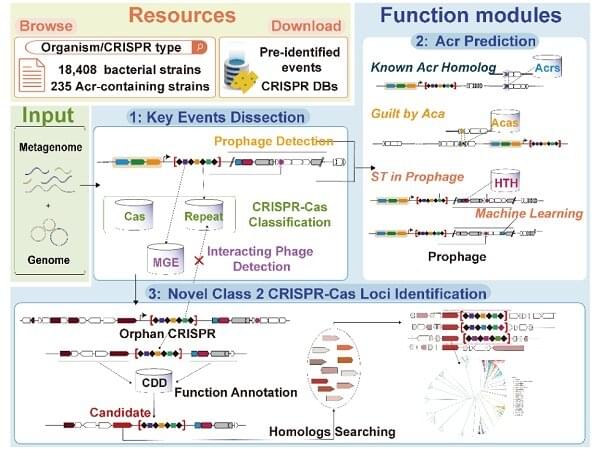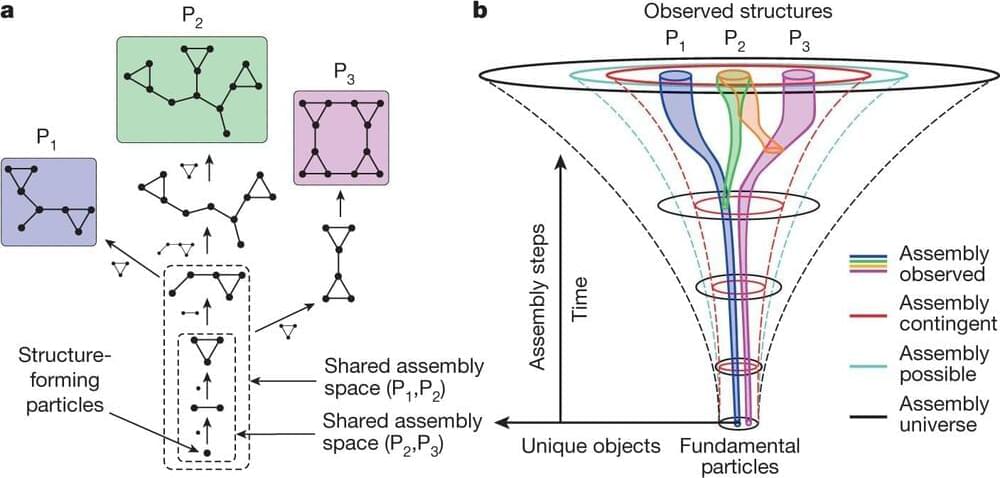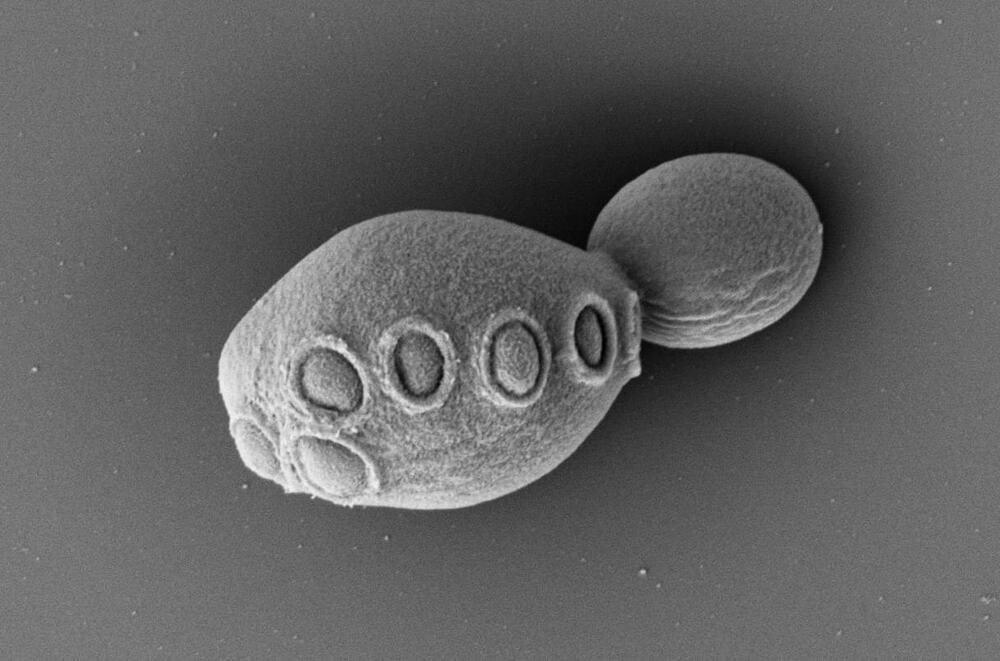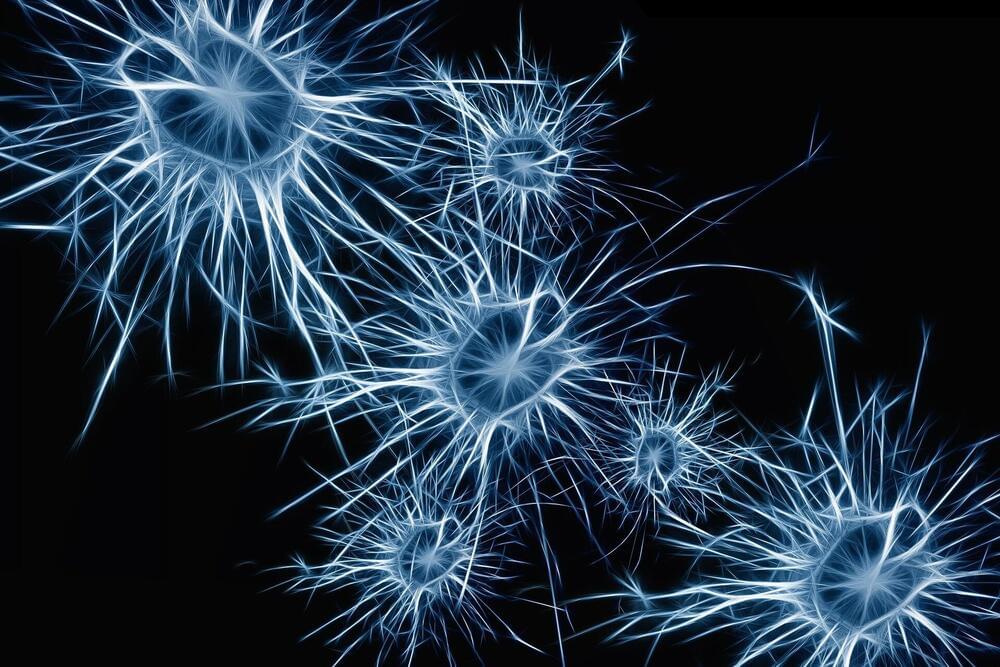Richard Cytowic, a pioneering researcher who returned synesthesia to mainstream science, traces the historical evolution of our understanding of the phenomenon.



A research team from the Hefei Institutes of Physical Science of the Chinese Academy of Sciences (CAS) has developed an analysis service platform called CRISPRimmunity, which was an interactive web server for identifying important molecular events related to CRISPR and regulators of genome editing systems. The study is published in Nucleic Acids Research.
The new CRISPRimmunity platform was designed for integrated analysis and prediction of CRISPR-Cas and anti-CRISPR systems. It includes customized databases with annotations for known anti-CRISPR proteins, anti-CRISPR-associated proteins, class II CRISPR-Cas systems, CRISPR array types, HTH structural domains and mobile genetic elements. These resources allow the study of molecular events in the co-evolution of CRISPR-Cas and anti-CRISPR systems.
To improve prediction accuracy, the researchers used strategies such as homology analysis, association analysis and self-targeting in prophage regions to predict anti-CRISPR proteins. When tested on data from 99 experimentally validated Acrs and 676 non-Acrs, CRISPRimmunity achieved an accuracy of 0.997 for anti-CRISPR protein prediction.

An international team of astronomers reports the discovery of a large-scale structure that consists of at least 20 massive galaxies. The structure, dubbed “Cosmic Vine,” has a size of about 13 million physical light years. The finding was detailed in a paper published Nov. 8 on the pre-print server arXiv.
Massive and dense structures of galaxies are perceived as progenitors of galaxy clusters—the most massive gravitationally-bound systems in the universe. Therefore, detecting new structures of this type and investigating them in detail is fundamental for our understanding of galaxy formation and evolution.
Now, a group of astronomers led by Shuowen Jin of the Technical University of Denmark, has detected a new object of this type—a large vine-like structure, hence its name Cosmic Vine. The structure was revealed at a redshift of 3.44, in the Extended Groth Strip (EGS) field observed with JWST. The observations were complemented by data from the Hubble Space Telescope (HST).

Japan, a country known for its rich history and technological prowess, is moving towards a more equitable evolution. Join us as we explore the compelling journey of women in science and technology, breaking barriers, unlocking innovation, and potentially steering japan toward a brighter, more inclusive future.

A recent study published in Astrophysical Journal Letters discusses how new data from NASA’s James Webb Space Telescope (JWST) has identified the second-and fourth-farthest and oldest galaxies in the universe, which are located approximately 33 billion light years from Earth and part of Abell 2744, also known as Pandora’s Cluster. The reason the galaxies are estimated to be 33 billion light years from Earth is due to the expansion of the universe, but astronomers hypothesize the two were first formed approximately 330 million years after the Big Bang, which is incredibly young in cosmic terms.
The two galaxies are named UNCOVER z-12 and UNCOVER z-13 since they were discovered by the JWST UNCOVER (Ultradeep NIRSpec and NIRCam ObserVations before the Epoch of Reionization) team. This study was conducted by an international team of more than two dozen researchers, who refer to the two galaxies as appearing like a peanut and fluffy ball, and this study holds the potential to help scientists better understand the formation and evolution of the first galaxies after the Big Bang.
“Very little is known about the early universe, and the only way to learn about that time and to test our theories of early galaxy formation and growth is with these very distant galaxies,” said Dr. Bingjie Wang, who is a postdoctoral scholar in the Penn State Eberly College of Science and lead author of the study. “Prior to our analysis, we knew of only three galaxies confirmed at around this extreme distance. Studying these new galaxies and their properties has revealed the diversity of galaxies in the early universe and how much there is to be learned from them.”

In October, a paper titled “Assembly theory explains and quantifies selection and evolution” appeared in the journal Nature. The authors—a team led by Lee Cronin at the University of Glasgow and Sara Walker at Arizona State University—claim their theory is an “interface between physics and biology” which explains how complex biological forms can evolve.
The paper provoked strong responses. On the one hand were headlines like “Bold New ” Theory of Everything’ Could Unite Physics And Evolution”
On the other were reactions from scientists. One evolutionary biologist tweeted after multiple reads I still have absolutely no idea what [this paper] is doing. Another said I read the paper and I feel more confused […] I think reading that paper has made me forget my own name.

DBS delivers electric currents to an electrode implanted in the brain.
Neurotechnology – or – while still an emerging industry, has attracted both major capital investments, and extensive media coverage in recent years. As tech relentlessly searches for the next “big tech platform” in the aftermath of the smartphone era [1], we propose that the answer may lie within our own minds. At NTX Services, we definenology as any technological intervention that interacts with the brain or central nervous system either directly or indirectly, and as attempts to integrate human and machine to enhance both, applications of the technology are broad ranging.
Often described as a new field, is actually based on decades of academic research, previously held back from commercialization at scale due to technological limitations, and slow changes in government policies and regulations. Although humans have been researching the brain and its bioelectrical signals since the 1600s [2], the first major breakthrough in was the invention of the electroencephalogram (EEG) by Hans Berger in 1929 [3]. Since this initial invention, several key developments have influenced the evolution of the industry until 2016, when Neuralink was founded [4].

Bryan Johnson is the world’s most famous biohacker – and perhaps the “most measured man in human history”. He’s on a mission to maximally reverse the quantified biological age of each of his 70 organs, extending his lifespan and healthspan, and then roll out his protocol on a platform to ensure others can benefit from his experience, research and experimentation.
Johnson’s ethos can be summed up pretty neatly as don’t die, and to that end, he has written a book, or novel, to be more accurate, entitled Don’t Die, the uncorrected advanced reading version of which is downloadable as a free ebook from his website. Johnson’s nom de plume for this venture is Zero, described in the book as the “first individual H. sapiens to surpass five hundred years of age,” who dies in 2,478 (in an accident, rather than from old age), just weeks away from “becoming Homo Deus.” Johnson credits Zero with the invention of Zeroism and the resurrection technology undie, as well as the fathering of “millions of biological and digital offspring who now live in the far reaches of the solar system and beyond”
Longevity. Technology: Because Don’t Die is a novel, Johnson can explore his philosophy in a different way, inviting us to observe the narrator, Scribe, on his last day on Earth, as he muses on humanity’s future evolution, the nature of death and free will and the impact of age reversal and programmable biology. Scribe is joined by a Pilgrim’s Progress-like cast of characters, including Cognitive Bias, Dark Humor and Game Play and Self Critical.


The human brain is three times bigger than a chimp’s and more spherical than a Neanderthal’s. Within a maze of bumps and grooves, neurons converse in distinct patterns that give humans unique cognitive abilities.
Scientists haven’t fully deciphered those patterns. But researchers at UT Southwestern Medical Center are determined to solve the molecular mystery of what makes us human.
In a study published in the journal Nature, they compared brain cell types and activities among humans, chimpanzees and rhesus monkeys. Human brains had more of a kind of cell that may help them adapt based on new experience and heal from injury. Certain human neurons also had more of a gene that affects language development.